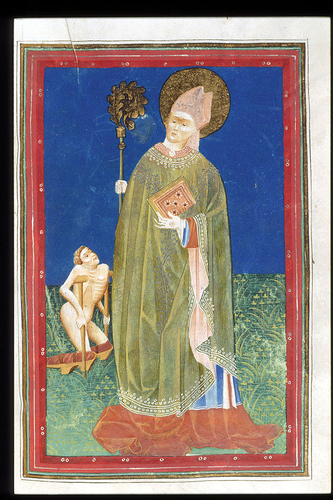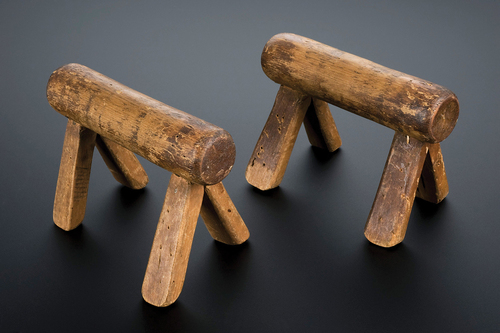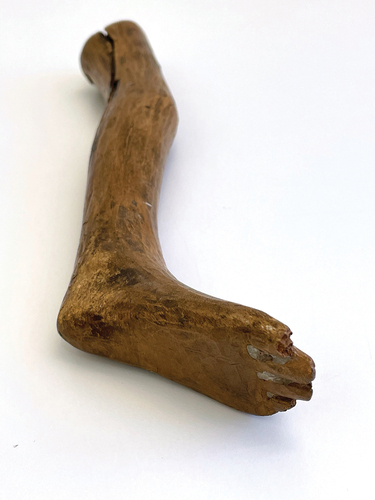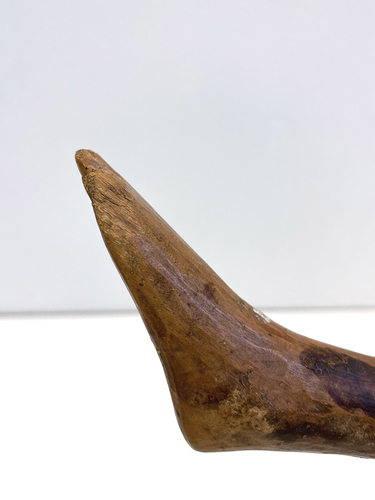Figures & data
Fig. 1. A Viking Age amber foot (C52519/15942) from Kaupang (measuring 3 x 2.3 x 0.75 cm). © Museum of Cultural History, University of Oslo, CC BY-SA 4.0.

Table 1. Preserved anatomical votives and mobility aids from Norwegian churches.
Fig. 2. Wooden votive offerings (B5141) from Røldal stave church. © University Museum of Bergen, CC BY-SA 4.0.
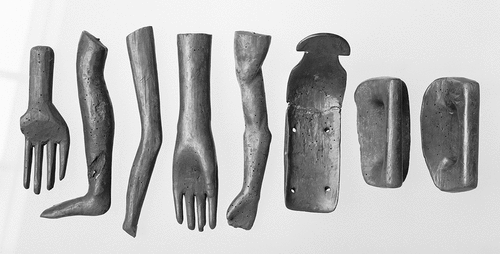
Fig. 3. A votive wooden leg (C2311) from Røldal church dated to 1322-1410 AD (measuring 24.5 x 7.7 x 3.6 cm). © Museum of Cultural History, University of Oslo, CC BY-SA 4.0.
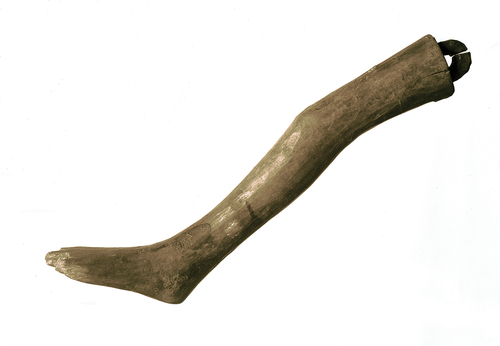
Fig. 4. Wax votives from Exeter Cathedral. Fragmented anatomical and animal votives of wax from Exeter Cathedral. © The Dean and Chapter of Exeter Cathedral.

Fig. 5. Wax votives from Exeter Cathedral. A complete female figure in a prayer position. © the Dean & chapter of Exeter Cathedral.
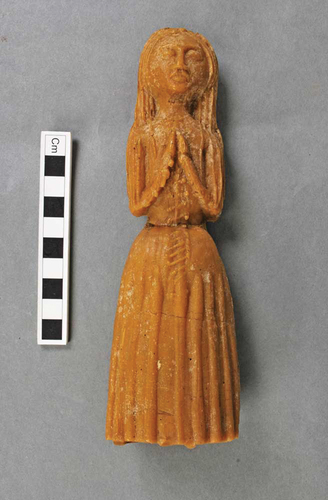
Fig. 7. A votive arm and leg (DHS.02426) from the medieval cathedral of Hamar. The arm has missing fingers. © Sogn Folkemuseum.
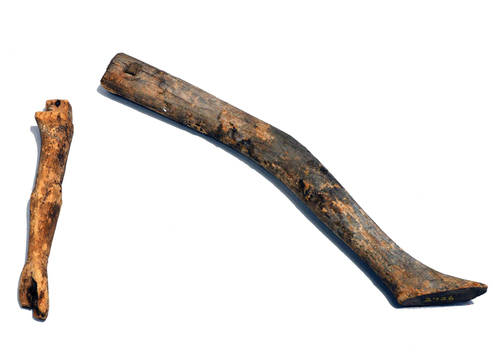
Fig. 8. Hand-trestles depicted in use. Early 13th century. (Royal 13 B VIII f. 30 v). © British Library Board.
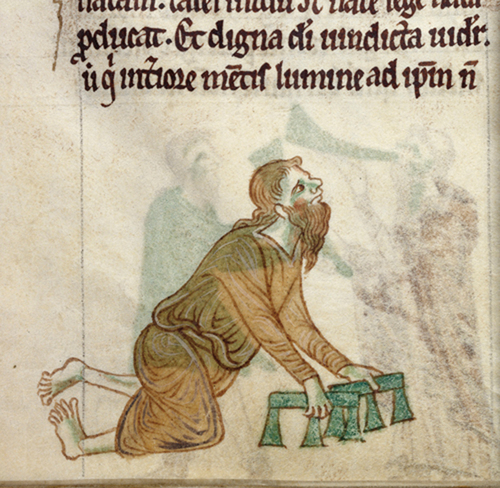
Fig. 9. Preserved wooden hand-trestles and knee-brace (B5141) from Røldal stave church. © University Museum of Bergen, CC BY-SA 4.0.
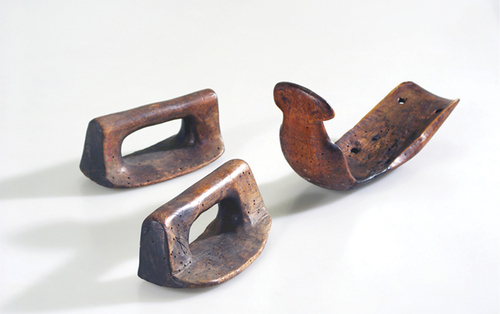
Fig. 10. An individual with knee-braces and crutches situated to the left of Martin of Tours. Egerton (MS 3018 f.117 r. 1375 AD − 1425 AD). © British Library Board.
